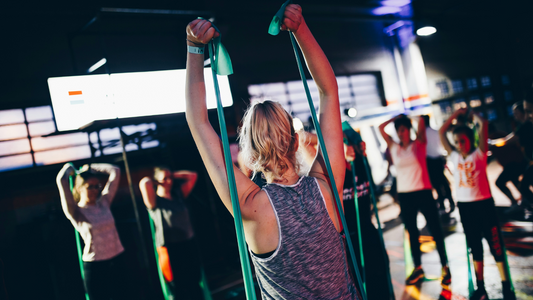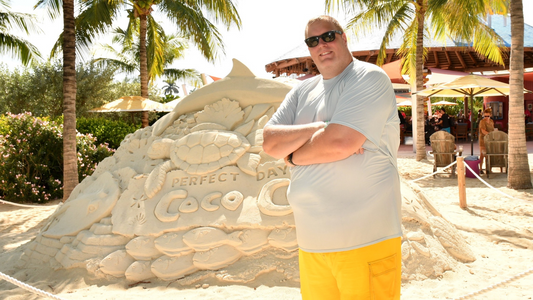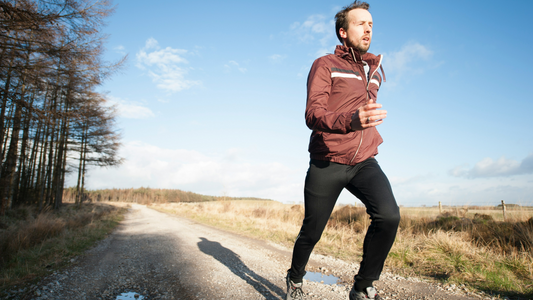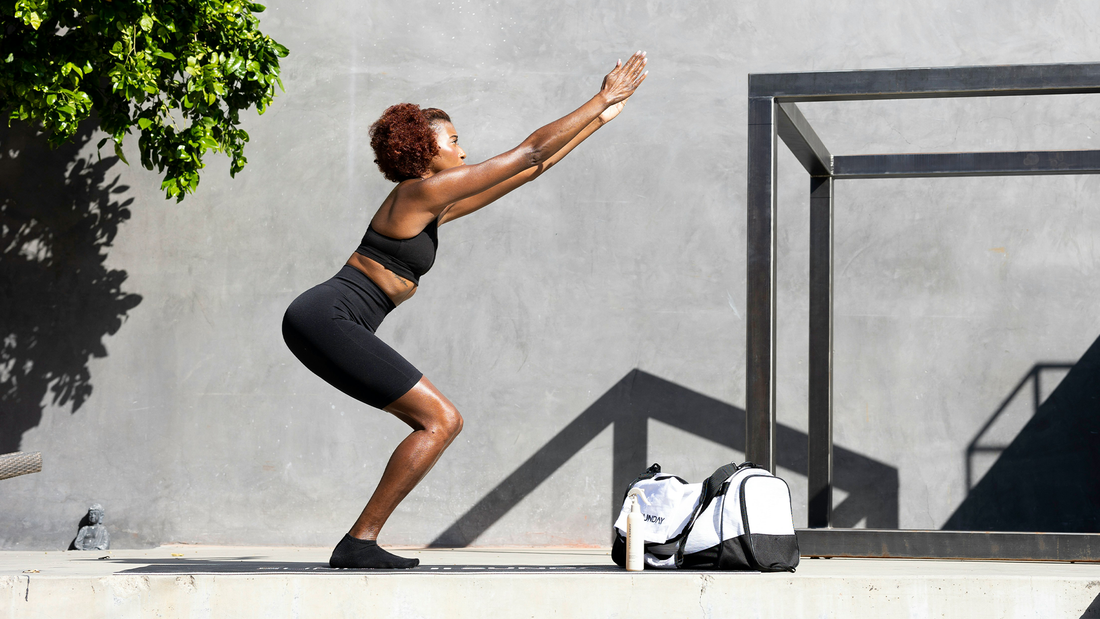
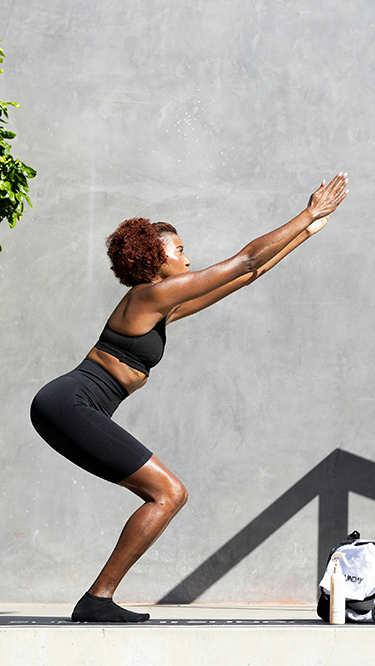
Gluteus Maximus: What You Need to Know About the Body's Biggest Muscle
The gluteus maximus is the largest muscle in the body and shapes the butt and thigh areas of the body. It’s also one of the most important muscles in the body, especially in terms of overall strength and injury prevention.
We all know that building glute strength is key to getting the perfect, firm booty, but there’s so much more to know about how our gluteus maximus impacts our overall health and fitness.
What is the Gluteus Maximus?
There are actually three gluteal muscles: maximus, medius, and minimus. The gluteus maximus, both the largest and outermost muscle, counteracts and controls hip flexion. Primarily, the muscle is responsible for extending and externally rotating our thighs.
This means that our gluteus maximus is a major player in the stabilization of our lower bodies. A weak gluteus maximus has major implications for all of our lower body joints: hips, knees, and ankles.
Why We Have Weak Glutes
Since this is such an important muscle, it’s surprising to learn that many people have very weak glutes — and sometimes don’t know it.
The modern lifestyle majorly contributes to weak glute muscles. Living a mostly sedentary lifestyle weakens the glutes; sitting at a desk all day is known to cause tight hips, which is another symptom. Humans aren’t using our gluteus maximus as much as we used to in the past.
Discussions of this phenomenon have become more prominent in recent years, leading to the term “gluteal amnesia,” sometimes referred to as “dead butt syndrome.” One way to think about weak glutes is that our gluteus maximus has “forgotten” what to do.
To combat weak glutes — and we should — we have to be intentional about strengthening our gluteus maximus.
Benefits of Strong Glutes
As we mentioned previously, having strong glutes prevents injury. A strong gluteus maximus also promotes better posture.
Many athletes and fitness enthusiasts, in particular, need strong glutes because it helps stabilize the core muscles and improves athletic ability. With a stable core, we have more control over our trunk.
All of the muscles in the trunk are connected. By building strength in the gluteus maximus, we prime our body to work as intended. Often, individuals with weak glutes compensate for their glutes using other muscles, which can lead to back pain, joint pain, tight IT bands, and hamstring strains.
With strong glutes, we also have better form during physical activities like weight lifting and running. Proper form in these activities allows us to improve faster and stray away from injury.
Harness the Power of the Body’s Biggest Muscle
One thing that you need to know about the body’s biggest muscle is how to activate it! Glute activation is essential to your pre-workout warm-up routine. Activating your glute “fires” it on, so you are sure to properly engage your gluteus maximus during your workout.
This prevents you from using other muscles to do the “work” of the gluteus maximus and will give you more power in your workout.
Warm-up exercises for glute activation include walking lunges with a twist and walking single-leg RDLs. It’s important that your warm-up exercises are dynamic. You want to get your blood pumping a little bit before you jump into your workout.
Strengthening the Gluteus Maximus for Peak Performance
The first step to harnessing the power of the gluteus maximus is strengthening the muscle. With a strong gluteus maximus you can get closer to peak performance.
It’s best to do the following exercises multiple times a week to ensure that you are both strengthening and maintaining the strength you’re building. With just twenty minutes a day, you can make a big difference in your full-body fitness.
Not sure when to do these exercises? Many athletes find it best to add some glute strengthening after endurance activities like running or cycling. Try adding your strength routine to the end of an existing workout and you will be less likely to skip.
Glute Bridges
Lie on your back with your feet on the ground and knees hip-width apart. Squeeze your glute muscles and push your hips to the sky. Hold for five seconds and then lower. Do three sets of ten on each side.
Clam Shells
Clam shells are a basic glute exercise, but are one of the most effective.
For this exercise, lie on your side with your hips aligned and knees bent. Squeeze your glute muscle and lift your top knee as far as you can while keeping your feet touching. Do three sets of ten on each side.
Monitor Changes to Your Muscles With The ZOZOFIT App
If you want to track how your muscles are growing and evolving over time, you should check out the ZOZOFIT app. Our 3D body scans provide you with the necessary data so that you can achieve your fitness goals, monitor changes to your body composition, and more.

![zf-w-[168px] zf-h-[40px]](http://zozofit.com/cdn/shop/t/15/assets/logo-desktop.png?v=117713855448369080381753069598)
